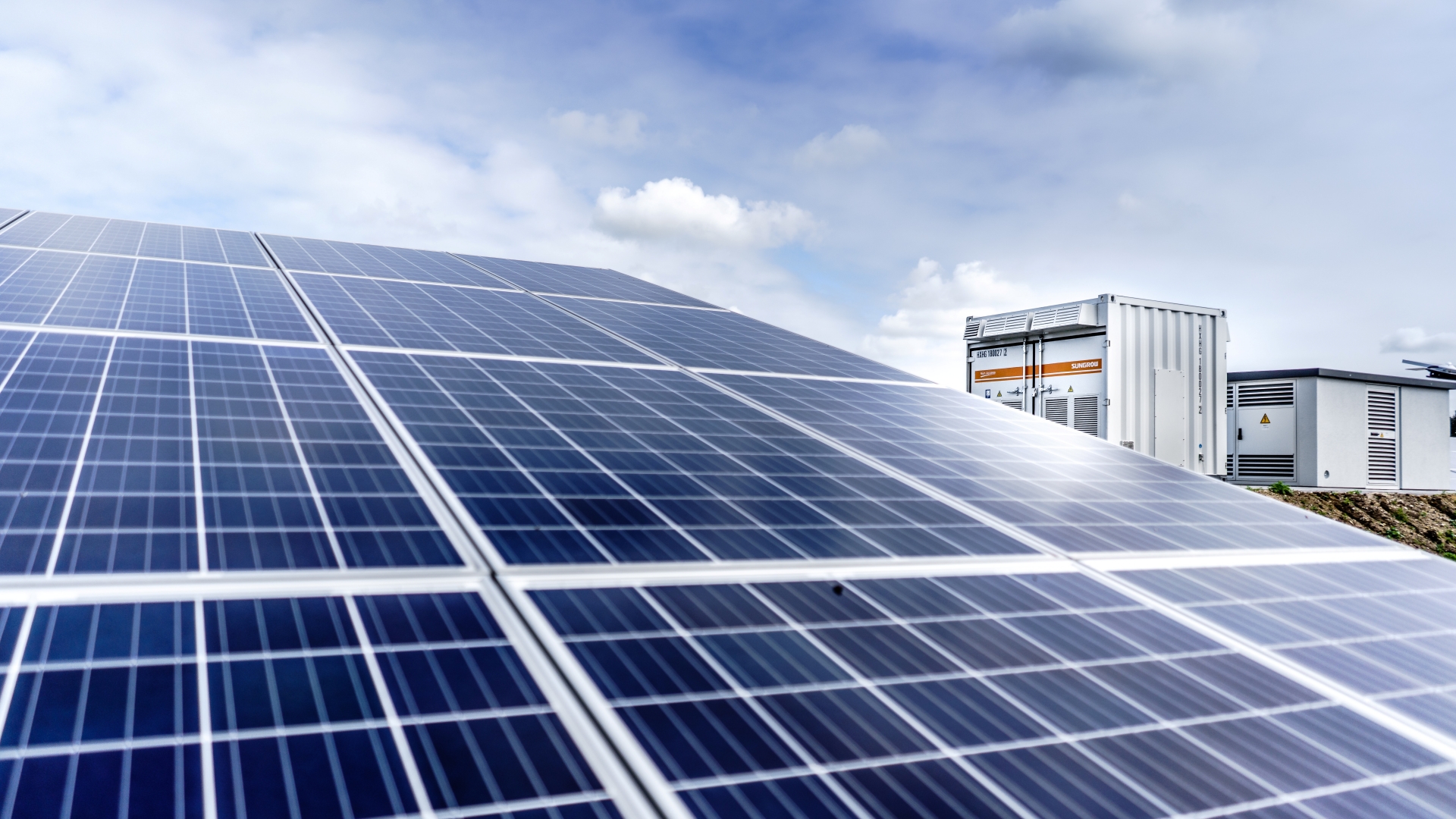Are you interested in making your home more energy efficient and saving money on your electricity bill? Installing solar panels can be the perfect solution for many homeowners, but there are several important aspects to consider before investing in this technology. From learning about how solar works to figuring out if it’s financially feasible for you, being well-informed will ensure a smooth transition into green living.
In this blog post, we’ll cover everything from the best locations for installation to financial incentives available around the country—it’s all here! Learn what you need to know so that you can make an educated decision when it comes time to integrate solar panels into your home.
Research Different Types of Panels, Installers, and Costs
When researching solar panel installation for your home, you’ll want to consider all of the different types of panels, installers, and costs associated with this upgrade. Start by looking at the different types of solar panel systems available such as monocrystalline or polycrystalline—they each have unique features that can affect performance and efficiency. The solar professionals at hdssolar.uk say that monocrystalline cells typically have higher efficiency, while polycrystalline is often cheaper. Once you’ve considered the various types of panels, you’ll also want to research reliable solar installers in your area—read reviews and ask for references if possible. Lastly, find out what financial incentives may be available to help offset the costs of installing solar. This could include government grants, tax credits, and even special financing options.
Consider Climate Conditions to Determine the Best Placement for Your Panels
When it comes to installing solar panels in your home, climate conditions are an important factor to consider. Depending on your location and the angle of the sun in your house, you may need to adjust your panel placement accordingly. To maximize energy production, be sure to install them in a south-facing direction with little shade throughout the day—this will help ensure they receive abundant sunlight, which is essential for further savings. Additionally, if you’re located in a cooler climate with frequent snowfall, make sure to install your panels at an angle that allows for snow to easily slide off of them—this prevents your energy production from being hindered by the buildup of snow and ice.
Analyze Your Home’s Roof Structure to Make Sure It Can Support Panels
It’s critical to analyze your home’s existing roof structure before installing solar panels, as the weight of the panels can vary depending on their type, size, and number. The age, condition, and strength of your roof should all be taken into consideration when deciding whether or not it can support a solar panel system. You will also want to check the roof for any signs of damage or rot that may need to be addressed before installation.
Moreover, you’ll want to research the local building codes to ensure that your home meets all safety standards and can support the weight of the panels. By paying attention to these details, you can rest assured that your solar panel system will be installed properly and safely.
Know the Local Requirements and Regulations for Installing Solar Panels
Before installing solar panels in your home, it’s important to be aware of the local requirements and regulations that may affect the installation process. These can vary from state to state or even city to city, so it’s best to do some research beforehand. Some areas may require permits for installation, while others may have specific rules about the size and location of panels. It’s also important to make sure that your solar panel system meets any specific safety standards for it to be properly installed. By familiarizing yourself with local requirements, you can ensure that all necessary steps have been taken for a safe and successful installation.
Find Tax Credits or Other Financial Incentives That May Help Offset Installation Costs
Installing solar panels in your home can be a large upfront cost, but the long-term savings may make it worthwhile. To help offset installation costs, look into any tax credits or other financial incentives that may be available to you. Many states and local governments offer tax credits for homeowners who install solar energy systems—these can significantly reduce installation costs.
Furthermore, some companies may offer special financing options for solar panel systems, which can make them more affordable in the long run. Researching these incentives and utilizing them to your advantage will help you save money on installation fees and make going solar a more financially viable option.
In conclusion, installing solar panels in your home can be a great way to save on energy costs. However, it’s important to take the time to do research before embarking on this project. Consider climate conditions and analyze your roof structure for potential issues, know local requirements and regulations, and explore any tax credits or other financial incentives that may help offset installation costs. By taking the time to cover all these bases, you can ensure that your solar panel system will be properly installed and save you money for years to come.












